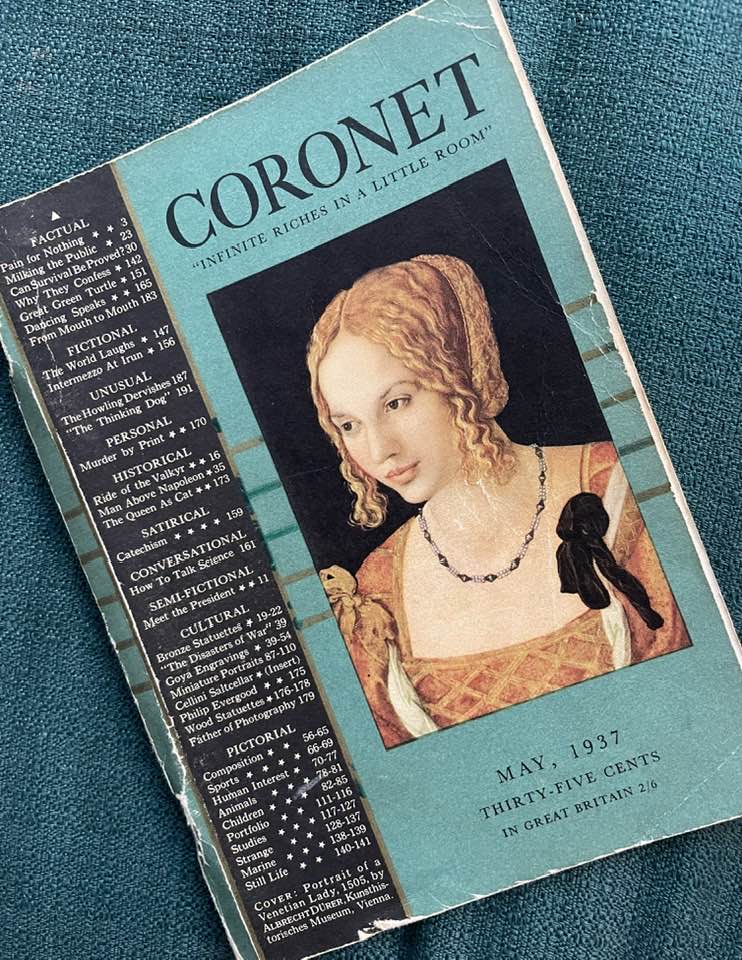JULY 27, 2024 – We’re still at our Shangri-La on the shores of Grindstone Lake in northwest Wisconsin, and if you’ve followed my posts over the past few days, weeks, months, and now years, you know my attachment to this place. While I’m here I’m far more attuned to the dynamic beauty of our surroundings than I am absorbed in current events and the same old problems of the world “back home.” (I avoided the term “outside world” to avoid confusion with the “world outside,” the latter being exactly what gives this place its Shangri-La character.)
This is not to say I bury my head in the pine needles here. Quite to the contrary. As much as I enjoy the great outdoors, I like the opportunity to read, think, ponder, and develop perspectives on the “outside world,” current events, and “the same old problems of the world back home.”
Lately, I’ve been absorbed in a book that has so riveted my attention and rattled my psyche that I find myself “race-reading” it; that is, I’m so fascinated by the story and so eager to learn what will transpire next, I’m out-driving my cognitive headlights. Earlier today I realized that in my rush to see what lies around the next curve, the next chapter, I was skimming over critical details and needed to slow down to avoid going clear off the road. Moreover, the lessons of the story are so important and so far-reaching, I need to slow down to grasp and digest them fully. I’m so moved by the book that I’ve been tempted to post a review in installments as my reading progresses. So far, I’ve resisted that approach. This post serves as a compromise with myself—mentioning the book without revealing it.
If the central subject matter of the 480-page (plus notes) concerns WW II, that’s only the half of what it delivers. As is the case with most historiography, this work—I won’t yet even identify the title or the author—reveals much about the past that is directly germane to affairs of our day. As a citizen I look at well-researched, well-written, inquisitive, and otherwise thoughtful histories/biographies as I imagine a trial judge searching for justice in a matter involving Constitutional law considers really good appellate court cases—precedents—that elucidate, analyze, and expound upon the applicable law. The book in question delivers just as an opinion by Oliver Wendell Holmes delivers: both leave the reader with heightened awareness of a whole lot more than the central focus of the work.
As subject matter, World War II has always been on my reading list. This had not always been the case. From third grade through sixth grade, I was more interested in pre-20th century history, primarily American. If by that sentence you think I was nerdy, I definitely was a history nerd. (Unfortunately, I was not any other kind of nerd that would’ve helped my long-term cause or career.) In seventh grade, however, I started paying more attention to my grandfather’s stories about World War I. My dad’s acquisition of the big, heavy American Heritage tome about the Great War gave me context, as I regularly flipped through the book with its hundreds of compelling maps, photos and narratives. Henceforth, I was hooked on 20th century history—and not just that of the U.S.
At about this same time, my dad began consolidating all of his annual vacation time into the month of August, and come hell or high water, he wanted to spend 100% of the month up at the lake. (Occasionally an office emergency would compel him to make a quick trip back to put a fire out.) Mother, my younger sister Jenny, and I would join him. Every night of every August through college, I perused the endless inventory of Coronet and National Geographic magazines that my grandparents had saved from their decades as subscribers. During the WW II years, the publications were replete with “war stories” and pictorial narratives. I devoured these and the many accompanying articles by prominent influencers of the day. I simply could not get enough history of the war that “Grandpa’s war” had failed to prevent.
In retrospect, of course, I was barely scratching the surface.
An example of my shallow understanding of things was the story behind the propagandistic stories and articles I’d absorbed on those warm August evenings. One area that received zero coverage was the racial discrimination that infused the American war effort. By 1966, the derogatory term “Jap” no longer appeared in textbooks, though I’d heard it occasionally among my parents’ generation when they reminisced about The War. While poring over the old Coronet and National Geographic articles, however, I noticed that “Jap” was used at every chance. It made me uncomfortable, but against the backdrop of the surprise attack on Pearl Harbor, I tried to understand the utter contempt that Americans had for the Japanese after December 7, 1941.
I didn’t know the half of it, and in the aftermath of the stinging raid on American territory, the editors of Coronet and National Geographic weren’t about to defy overwhelming popular opinion of the times. Few of us Boomers would learn a thing about it—about one of America’s most disgraceful episodes—until quite recently. As an undergraduate American history major, I would neither read nor hear a word of it.
Now I am learning the full story, and it feels like a gut punch. One that every American today needs to experience. Stay tuned. (Cont.)
Subscribe to this blog and receive notifications of new posts by email.
© 2024 by Eric Nilsson

1 Comment
Don’t bury the lede!